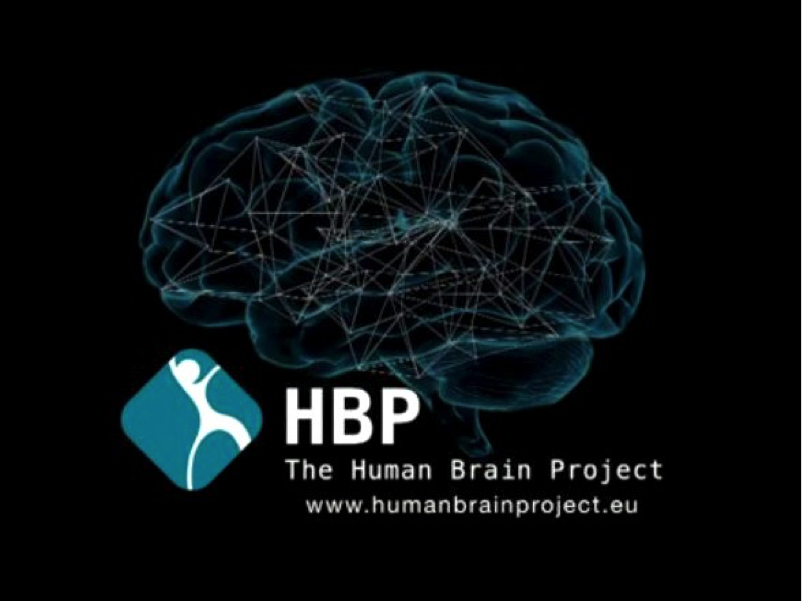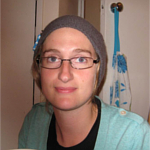The ultimate brain-dump: unifying Neuroscience software development
Posted on 23 June 2015
The ultimate brain-dump: unifying Neuroscience software development
 By Dr Robyn Grant, Lecturer in Comparative Physiology and Behaviour at Manchester Metropolitan University.
By Dr Robyn Grant, Lecturer in Comparative Physiology and Behaviour at Manchester Metropolitan University.
In the neurosciences, we produce tons of data, in many different forms – images, electrophysiology and video, to name but a few. If we are really going to work together to answer big picture questions about the brain, then the different data types really need to start interacting and building on information from each other. I understand this, however, it is quite complex in practice, and begs questions in how best to specify data types, annotations and formats to make sure researchers can develop the software and hardware to interface efficiently.
One first step towards a unifying concept for data, software and modelling is the Human Brain Project (HBP). This is a European funding initiative that has received a lot of criticism globally for its big picture thinking and focus on human brain experiments. At the British Neuroscience Association meeting 2015 this Spring, I attended a session on the HBP, interested to see what they might say.
Overall, the project seems to be software based, focussing on data integration, and with the aim to develop unifying brain models and compare data sets. The HBP will interface between different levels of detail (such as from molecular to cognitive) so that different datasets can be compared (although how it might achieve this seems a bit vague). Some models, such as brain maps, will be recommended. The majority of data will be stored publicly, alongside a lot of information, so that researchers can interface with it. Overall, the software and data from the HBP will be open access with sufficient detail to enable it to be reproduced - all ideas which appeal to the ethos of the Software Sustainability Institute, and my own of course.
I wonder how the biologists will react to these ideas?
Many experimentalists do not talk much about software. Indeed, as an Institute Fellow (and Biologist), I have been trying to find out how best to converse with experimentalists about software. It seems embedding it in some biological methods works well, as is having demos and making sure your software is available for free with examples for people to try. We biologists do not talk about software much, and we are a troublesome lot too. I wonder how well we will take to having to annotate, format and store our data in specified ways? I wonder if it might be better, or at least easier, to focus on specific software and data problems and show these working, rather than targeting the whole human brain?
We should probably start by solving data integration problems, and involve biologists in the software and modelling at a small scale. I will follow this plan, I am busy enough trying to produce behavioural tracking software for a variety of set-ups, without having to map the brain at the same time. However, I am quite excited as to what the HBP will achieve and how it might affect the Neurosciences in the future. We are calling out for a unifying data and software plan, we just have to see whether it can be initiated at such a broad scale as the HBP.

